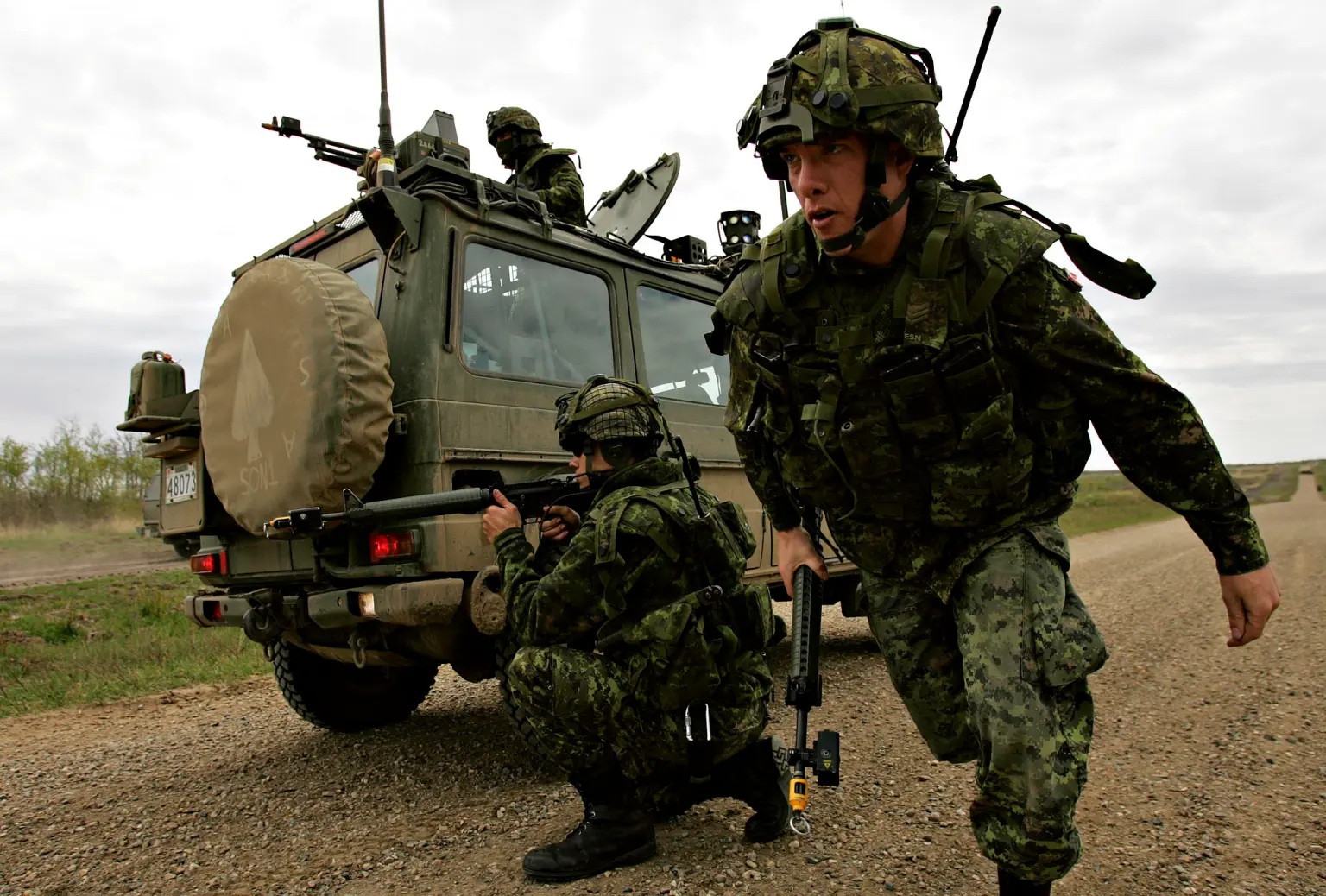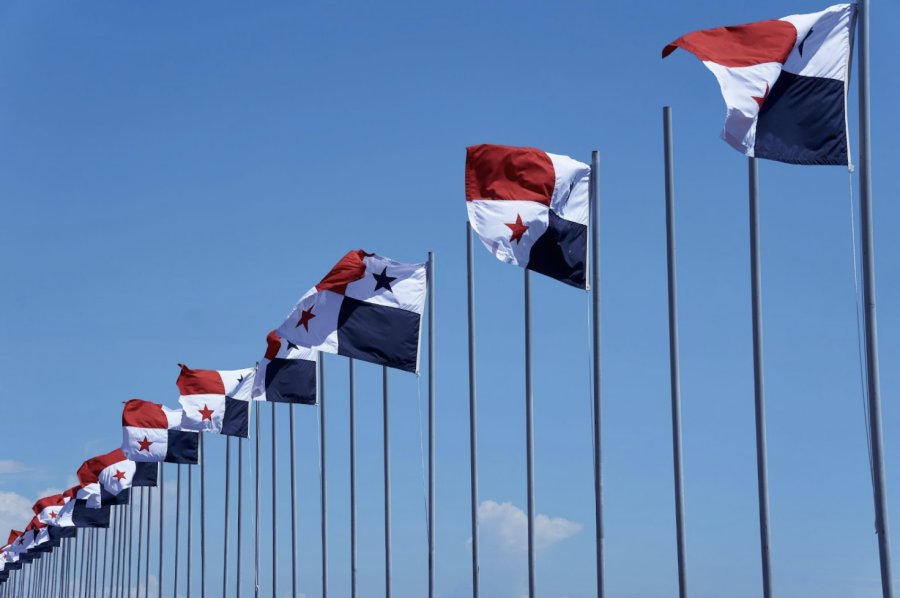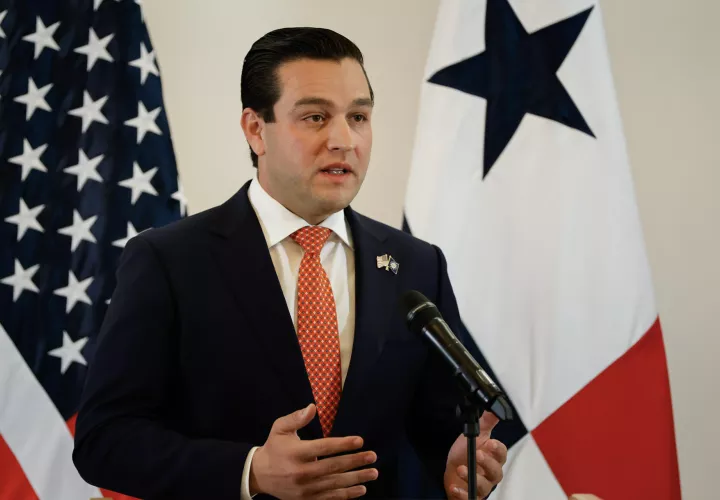Panama is a Key Point for US Security and is Pete Hegseth’s Mission
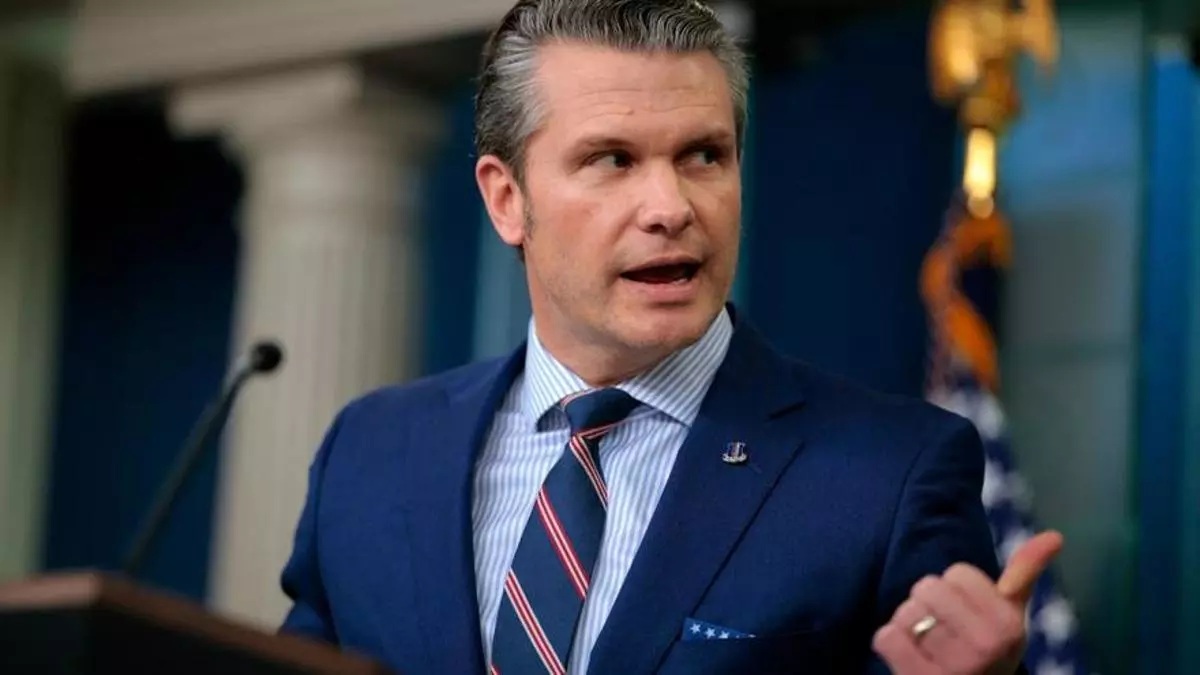
Monday April 7, Panama will be the site of a high-profile visit, when U.S. Secretary of Defense Pete Hegseth arrives in the country to hold a series of key meetings with Panamanian officials. Highlighting his agenda is a meeting with President José Raúl Mulino, during which crucial cooperation issues in strategic areas such as the Canal, migration, and drug trafficking will be discussed. However, Hegseth’s visit to Panama is not only part of an agenda of cooperation on security and migration, but also within a broader context of geopolitical tensions. In recent months, President Donald Trump has highlighted China’s “growing influence” in the Panama Canal watershed, an issue that has generated concern in Washington due to the strategic importance of this interoceanic waterway.

Vision of Hegseth
Hegseth, a former Fox News commentator, pictured below, and prominent figure within the American conservative movement, has been a staunch advocate for a more aggressive stance toward U.S. national security. In his view, the Panama Canal is a vital strategic asset not only for global trade but also for his country’s military presence. In this context, the influence or presence of rival powers, such as China, in the canal is perceived as a direct geopolitical threat. Hegseth views with alarm how powers outside the US’s interests could position themselves at a critical point for global maritime transit, which could jeopardize both the economic security and the defense capability of his nation. Drug trafficking also looms large on Hegseth’s agenda.

Through the South American corridor that passes through Panama, illegal drugs such as cocaine and fentanyl are routed toward the United States, contributing to one of the most serious public health crises in the country’s recent history. For Hegseth, this transnational problem is not only a challenge in terms of crime, but a direct threat to the security of American citizens. The violence generated by gangs and drug trafficking networks in the U.S. is reflected in the growing insecurity the country is experiencing, and Hegseth argues that the lack of effective control of drug transit routes only worsens the situation.
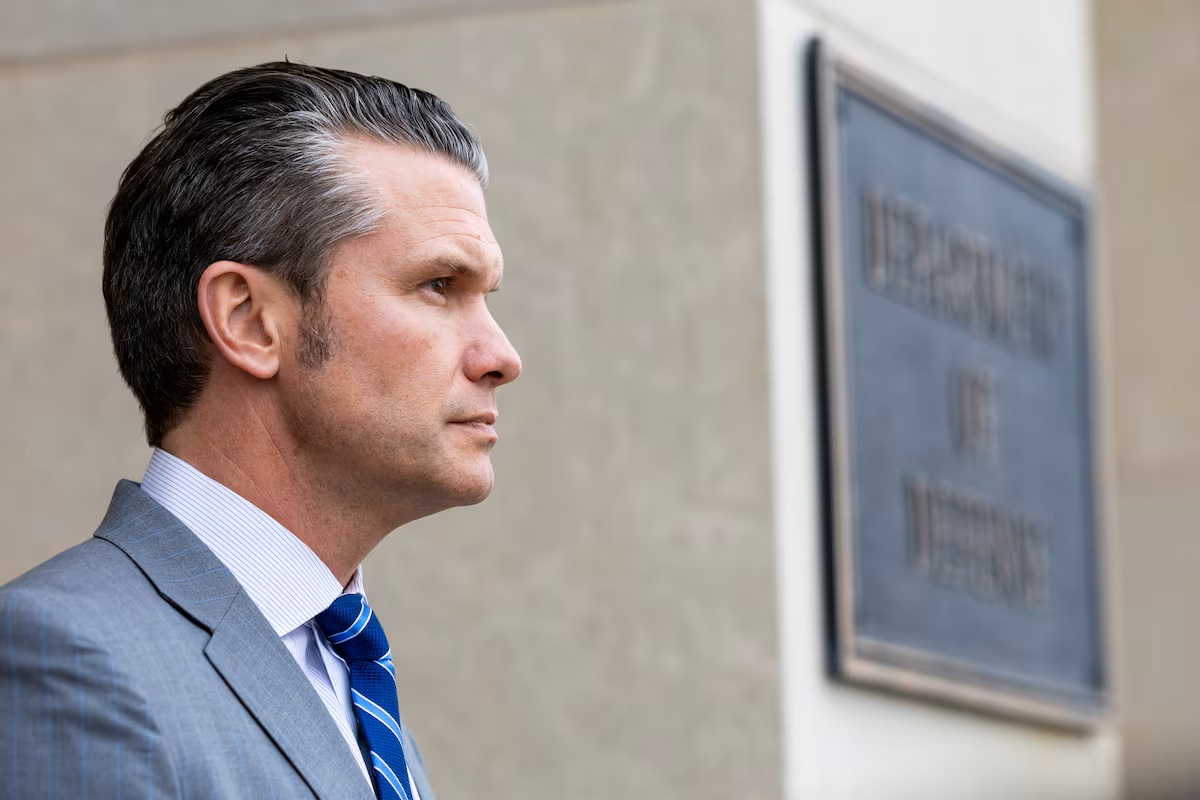
Regarding irregular migration, Hegseth has been a consistent critic of U.S. immigration policies. For him, the flow of migrants through the Darien, a key crossing between Colombia and Panama, represents an uncontrolled phenomenon that puts the country’s security at risk. In their narrative, this mass migration, without proper background checks, opens the door for individuals with malicious intent, such as criminals or even terrorists, to enter the United States. According to their perspective, this phenomenon is not just a humanitarian crisis, but a “national security risk” that requires stricter measures to protect the U.S. borders.
The Agenda
On April 8, the Secretary of Defense will begin his agenda with a morning meeting with President Mulino, followed by a tour of the Canal watershed. At noon, the official will visit the National Aeronaval Service (Senan) base, and at 2:00 p.m., he will travel to Fort Sherman in Colón. A day later, Hegseth will attend the Central American Security Conference, an event co-organized by the Panamanian government and the United States. The main objective is to strengthen regional cooperation on security and defense issues, amid growing shared challenges. The conference is led by the U.S. Southern Command and seeks to facilitate dialogue among partner nations in the region.

This year’s focus will be on joint defense operations and strengthening cybersecurity as a key pillar against emerging threats. As a prelude to the conference, the Southern Command and the Panamanian Ministry of Public Security have already begun the “Panamax” training exercise, an assistance program that includes medical tours, the delivery of a new health center in Playón Chico, and food distribution in hard-to-reach communities. This exercise has been held annually since 2003. Meanwhile, members of the U.S. Department of Defense are in Panama conducting joint training with the National Aeronaval Service (Senan) to improve tactical and logistical capabilities in regional security operations.

For these maneuvers, 50 U.S. Marines have arrived in Panama. They will work with Panamanian forces in training designed to strengthen bi-national coordination and the management of complex operational scenarios. In addition to the ground component, the cooperation includes the deployment of high-profile air and naval assets. Panama will receive the crews of four F-18 Hornets, a C-130 Hercules, a P-8 Poseidon, and the U.S. Coast Guard cutters USS Chosin, USS Normandy, and Kimball.
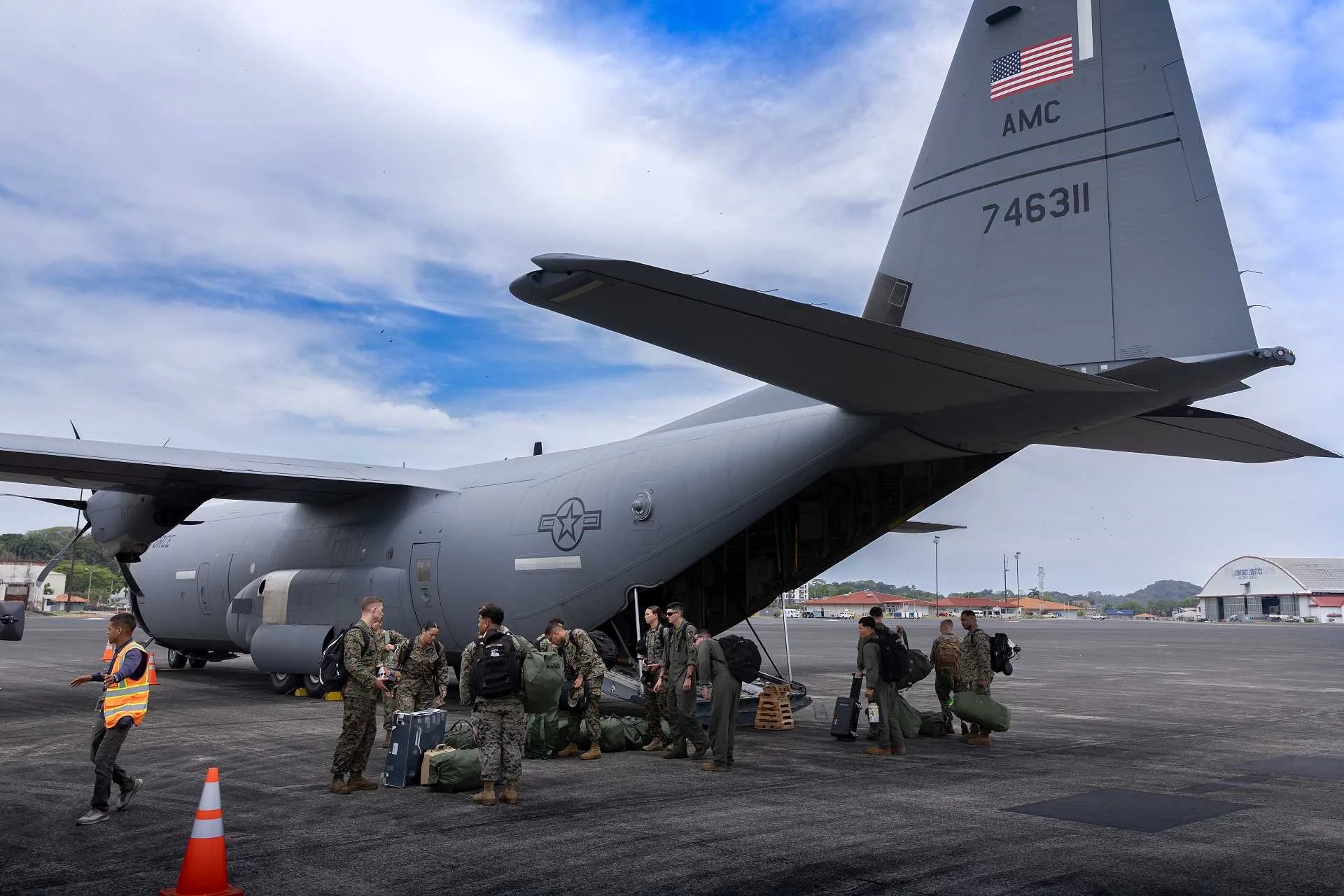
Cultural Component
The cultural component will also be a key feature. A U.S. Marine Corps Reserve band will offer free rock, pop, and jazz concerts at various locations across the country, including Cathedral Square in the Old Town, the Colón Art and Culture Center, and Andrés Bello Park in the capital. All of these bilateral activities have been coordinated with the Panamanian government, according to the U.S. Embassy in Panama.


